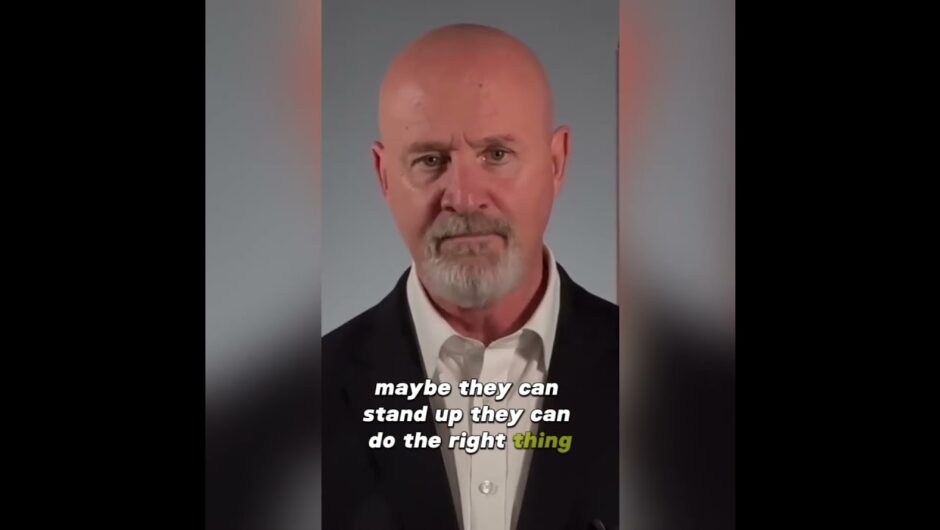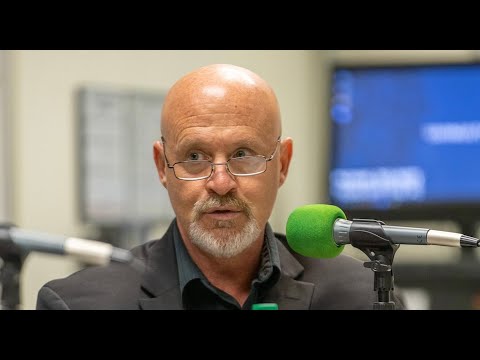news, latest-news,
It is fantastic to see our national institutions beaming for the Enlighten Festival which started on Friday night; even more wonderful to know things are getting back to normal for them, post-COVID. Well, make that post-panic-stations-COVID. And make that a new normal. Australians are living with the virus and our national institutions are learning to as well. But there is still a cautiousness and a need to reinvent. There are encouraging signs of life around Canberra – school tours have returned to the national institutions. The National Gallery is preparing to open the new Botticelli to Van Gogh blockbuster next week. (“We have timed ticketing for the exhibition due to COVID requirements, which has motivated more people to plan their visit, resulting in a much bigger than normal number of pre-sale tickets,” an NGA spokesperson said.) Much-loved facilities have re-opened such as the National Library’s bookshop, galleries, cafes and reading rooms. The Terrace Cafe recently re-opened at the Museum of Australian Democracy and its popular PlayUp area is also open for ticketed two-hour sessions. Political cartoonist of the year, Cathy Wilcox, recently spoke at MOAD to more than 60 ACT civics and citizenship teachers as they sat in the House of Representatives of Old Parliament House, an experience that emphasised, again, how lucky Canberrans are to have day-today access to the institutions. It was also announced last week that crowds would be allowed to attend the dawn service and national ceremony at the War Memorial on Anzac Day this year, although the veterans’ march most likely won’t go ahead. It’s still slowly, slowly. Garry Watson is the project leader for the National Capital Educational Tourism Project, which works to encourage as many school children to visit Canberra as possible. He sums up the cautious mood among the institutions as they re-open their doors which were shut for months during the height of the pandemic. “Institutions are excited to have students back in their buildings, there’s no doubt about that but everyone is tentative. So there’s those two emotions,” Mr Watson said. The school tours slowly started to return late last year. Students visited throughout February, although probably half the usual number of 5000 for the month. Victorian schools are booked in for tours in March. The Parliament and Civics Education Rebate (PACER) Program provides a travel subsidy for Year 4-12 students across Australia to visit the institutions in Canberra. The Federal government recently increased the rebate by 50 per cent to encourage more schools to send their students to Canberra in 2021. There is a strong desire to see them return. “In fact, last year when the first group finally went into Parliament House and was in the Senate, the Senate turned around and acknowledged and clapped them. That’s amazing, because the Senate usually doesn’t take any notice of what’s happening in the public gallery. It was gob-smacking,” Mr Watson said. “The point is, across the board, the energy that students provide the cultural institutions is welcome but everyone is tentative – ‘How do we manage this and make sure everyone is safe’. And that means most of the programs have to be revised in some way, shape or form. So things are not as they were, it’s not the same old story.” Among those who face special challenges is Questacon, which is all about its visitors touching and interacting with the exhibits. Questacon deputy director Kate Driver acknowledges this. “The hands-on nature of everything in Questacon made COVID a particularly tricky challenge for our institution,” she said. Two of Questacon’s popular galleries – Mini Q and Excite@Q – remain closed for now. “However, we are working hard to gradually reopen as many experiences as possible to larger visitor numbers this year in line with public health advice,” Ms Driver said. Other programs are stepping into the breach. Questacon is running ticketed two-hour sessions sessions, for three to six-year-olds in its Questacon Science Sprouts program. And the tide is slowly turning. When the first school group returned to Questacon on February 2, the delighted staff formed a – socially distanced – guard of honour from the bus to the door, cheering the first students back into the building in almost 12 months. “The sound of learning and excitement from visiting schools ha[d] been absent in our centre for almost a year,” Ms Driver said. It’s anecdotes such as this that remind us our cultural institutions are not just buildings, but living, breathing entities that add so much to our understanding of ourselves and our world. Shine bright.
/images/transform/v1/crop/frm/32suSVsqH3pdw6NJyh92X9D/2ae04117-f928-416c-9374-8622f8029cef.jpg/r0_176_1900_1250_w1200_h678_fmax.jpg
It is fantastic to see our national institutions beaming for the Enlighten Festival which started on Friday night; even more wonderful to know things are getting back to normal for them, post-COVID.
Well, make that post-panic-stations-COVID. And make that a new normal. Australians are living with the virus and our national institutions are learning to as well. But there is still a cautiousness and a need to reinvent.
There are encouraging signs of life around Canberra – school tours have returned to the national institutions. The National Gallery is preparing to open the new Botticelli to Van Gogh blockbuster next week. (“We have timed ticketing for the exhibition due to COVID requirements, which has motivated more people to plan their visit, resulting in a much bigger than normal number of pre-sale tickets,” an NGA spokesperson said.)
Much-loved facilities have re-opened such as the National Library’s bookshop, galleries, cafes and reading rooms. The Terrace Cafe recently re-opened at the Museum of Australian Democracy and its popular PlayUp area is also open for ticketed two-hour sessions. Political cartoonist of the year, Cathy Wilcox, recently spoke at MOAD to more than 60 ACT civics and citizenship teachers as they sat in the House of Representatives of Old Parliament House, an experience that emphasised, again, how lucky Canberrans are to have day-today access to the institutions. It was also announced last week that crowds would be allowed to attend the dawn service and national ceremony at the War Memorial on Anzac Day this year, although the veterans’ march most likely won’t go ahead.
It’s still slowly, slowly.
Garry Watson is the project leader for the National Capital Educational Tourism Project, which works to encourage as many school children to visit Canberra as possible. He sums up the cautious mood among the institutions as they re-open their doors which were shut for months during the height of the pandemic.
“Institutions are excited to have students back in their buildings, there’s no doubt about that but everyone is tentative. So there’s those two emotions,” Mr Watson said.
The school tours slowly started to return late last year. Students visited throughout February, although probably half the usual number of 5000 for the month. Victorian schools are booked in for tours in March.
The Parliament and Civics Education Rebate (PACER) Program provides a travel subsidy for Year 4-12 students across Australia to visit the institutions in Canberra.
Political cartoonist of the year Cathy Wilcox earlier this month spoke to more than 60 ACT civics and citizenship teachers at Old Parliament House. Picture: Elesa Kurtz
The Federal government recently increased the rebate by 50 per cent to encourage more schools to send their students to Canberra in 2021. There is a strong desire to see them return.
“In fact, last year when the first group finally went into Parliament House and was in the Senate, the Senate turned around and acknowledged and clapped them. That’s amazing, because the Senate usually doesn’t take any notice of what’s happening in the public gallery. It was gob-smacking,” Mr Watson said.
“The point is, across the board, the energy that students provide the cultural institutions is welcome but everyone is tentative – ‘How do we manage this and make sure everyone is safe’. And that means most of the programs have to be revised in some way, shape or form. So things are not as they were, it’s not the same old story.”
Among those who face special challenges is Questacon, which is all about its visitors touching and interacting with the exhibits.
Questacon deputy director Kate Driver acknowledges this. “The hands-on nature of everything in Questacon made COVID a particularly tricky challenge for our institution,” she said.
Two of Questacon’s popular galleries – Mini Q and Excite@Q – remain closed for now. “However, we are working hard to gradually reopen as many experiences as possible to larger visitor numbers this year in line with public health advice,” Ms Driver said.
Other programs are stepping into the breach. Questacon is running ticketed two-hour sessions sessions, for three to six-year-olds in its Questacon Science Sprouts program.
And the tide is slowly turning.
When the first school group returned to Questacon on February 2, the delighted staff formed a – socially distanced – guard of honour from the bus to the door, cheering the first students back into the building in almost 12 months.
“The sound of learning and excitement from visiting schools ha[d] been absent in our centre for almost a year,” Ms Driver said.
It’s anecdotes such as this that remind us our cultural institutions are not just buildings, but living, breathing entities that add so much to our understanding of ourselves and our world.







